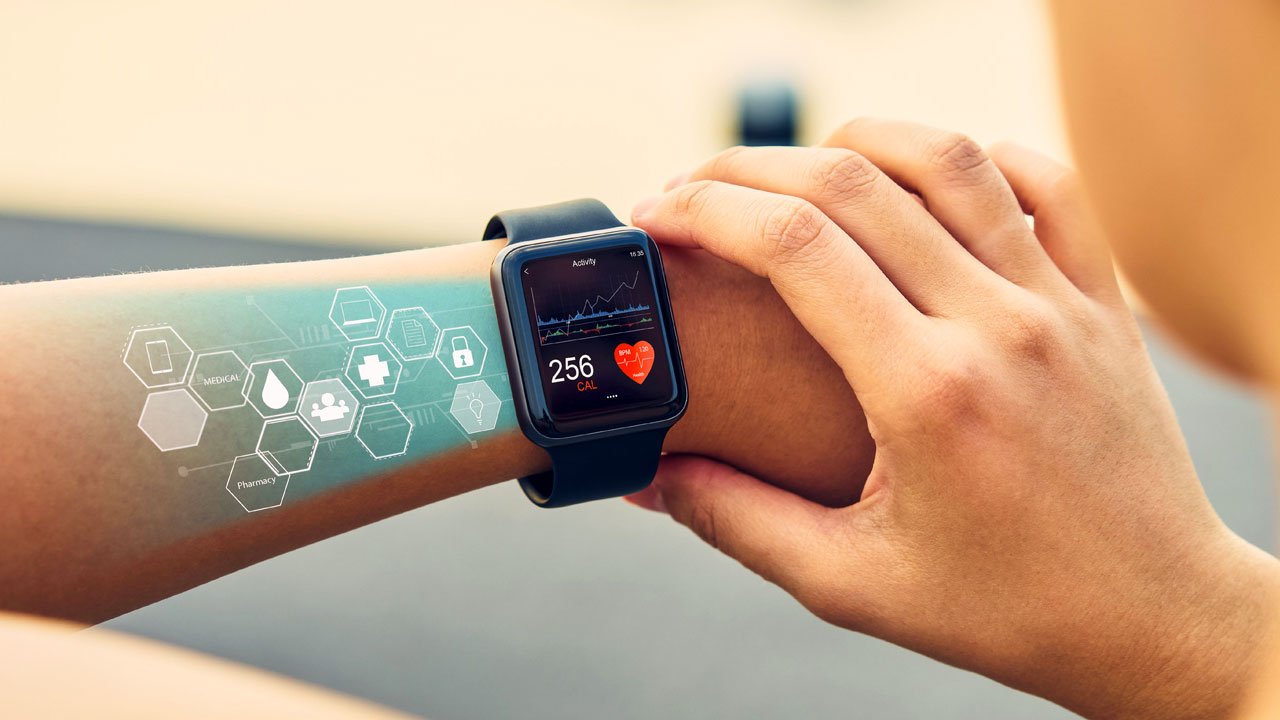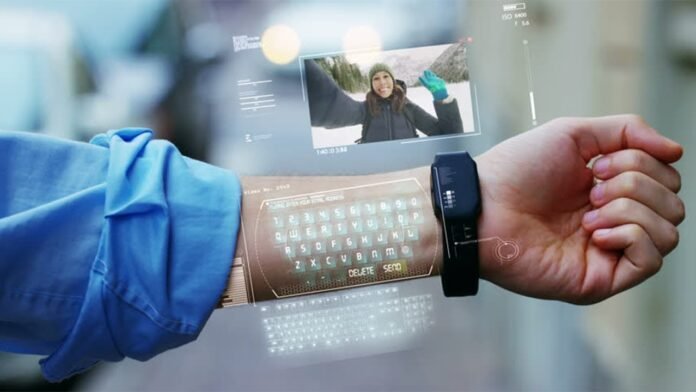Some Lens films present scientific ideas to spark the curiosity of researchers. These science fiction movies move imaginations and bring about technological developments that were previously seen as impossible.
Inspiration from Mission Impossible 4
Some films present scientific ideas to spark the curiosity of researchers. These science fiction movies move imaginations and bring about technological developments that were previously seen as impossible.
Inspiration from Mission Impossible 4
Mission Impossible 4 featured a scene where a character uses smart contact lenses to take pictures. Many people were interested in this idea of the future, including a Singaporean scientist who wanted to attempt to make an ultra-thin battery that could be put into contact lenses and do what seemed impossible.
Making Smart Lens a Reality
Nanyang Technological University’s Associate Professor Lee Siow leads this groundbreaking research, saying his product will make smart lens come true. Professor Lee Siow explains that after watching a movie, he thought about creating contact lens with in-built electronic systems similar to those shown in films. This made him change direction during his investigations, resulting in significant breakthroughs.
Ultra-Thin Battery Development
Professor Lee Siow’s team created a battery that measures only 0.2 millimeters thick. It can fit into a contact lens that is 0.5 millimeters thick, making it almost invisible to the person wearing it. Hence, it is perfect for use in smart lenses.
Safety Issues And Creative Solutions
Lithium batteries are known to have safety concerns like catching fire or exploding, which was one of Professor Lee Siow’s major worries. To solve this problem, they developed a new electrode material that can safely be put into contact lenses. This allows them to charge their batteries with tears from human eyes instead of using other liquid solutions like saline.
Charging The Battery With Tears
This battery charges itself through sodium chloride found naturally occurring within our tears since the wearer keeps producing them all day, ensuring its continuous functionality when worn continuously throughout the day without needing a recharging point. Besides, it recharges well with its recharge solution, just like any conventional rechargeable cell. After being soaked for 8 hours, it attains 80% charge capacity, proving its improvement and practicability.
Lens Current Limitations And Future Improvements
Although this battery’s current design is amazing, some areas can still be improved. For instance, the voltage and capacity of these cells are low, which means that they cannot handle more demanding tasks like powering data storage or internet connections, among others. However, Professor Lee Siow and his team are still trying to find ways to enhance performance by increasing capacitance while at the same time broadening the range of applications.
Potential for Glucose Monitoring
One exciting potential use for smart contact lenses like these is in health monitoring systems, especially measuring blood sugar levels non-invasively throughout the day using tears as fuel cell input, according to Prof Lee Siow, who added that glucose could be used instead as a biofuel, thus benefiting people with diabetes who need to check their sugar frequently.

Future Commercialization And Accessibility
Professor Lee Siow foresees a bright future ahead concerning commercializing such an inventive nation, once saying that he hopes cost will not limit many users from accessing this technology launched into the punched into the market and ensures that every individual benefits from such about of such new innovative techniques by improving health monitoring devices which may change and peoples’ live, both medically and convenience-sentence wise.
Making Smart Lens a Reality
Nanyang Technological University’s Associate Professor Lee Siow leads this groundbreaking research, saying his product will make smart lenses come true. Professor Lee Siow explains that after watching a movie. He thought about creating contact lenses with in-built electronic systems similar to those in films. This made him change direction during his investigations, resulting in significant breakthroughs.
Ultra-Thin Battery Development
Professor Lee Siow’s team created a battery that measures only 0.2 millimeters thick. It can fit into a contact lens that is 0.5 millimeters thick, making it almost invisible to the person wearing it. Hence, it is perfect for use in smart lenses.
Safety Issues And Creative Solutions
Lithium batteries are known to have safety concerns like catching fire or exploding. Which was one of Professor Lee Siow’s major worries. To solve this problem, they developed a new electrode material that can safely be put into contact lenses. This allows them to charge their batteries with tears from human eyes instead of using other liquid solutions like saline.
Lens Charging The Battery With Tears
This battery charges itself through sodium chloride found naturally occurring within our tears. The wearer keeps producing them all day, ensuring their continuous functionality. When worn continuously throughout the day without needing a recharging point. Besides, it recharges well with its recharge solution, just like any conventional rechargeable cell. After being soaked for 8 hours, it attains 80% charge capacity, proving its improvement and practicability.
Current Limitations And Future Improvements
Although this battery’s current design is amazing, some areas can still be improved. For instance, the voltage and capacity of these cells are low, which means that they cannot handle more demanding tasks like powering data storage or internet connections, among others. However, Professor Lee Siow and his team are still trying to find ways to enhance performance by increasing capacitance while at the same time broadening the range of applications.
Potential for Glucose Monitoring
One exciting potential use for smart contact lenses like these is in health monitoring systems, especially measuring blood sugar levels non-invasively throughout the day using tears as fuel cell input, according to Prof Lee Siow, who added that glucose could be used instead as a biofuel, thus benefiting people with diabetes who need to check their sugar frequently.
Lens Future Commercialization And Accessibility
Professor Lee Siow foresees a bright future ahead concerning commercializing such an inventive nation, once saying that he hopes cost will not limit many users from accessing this technology launched into the punched into the market and ensures that every individual benefits from such about of such new innovative techniques by improving health monitoring devices which may change and peoples’ live, both medically and convenience-sentence wise.


